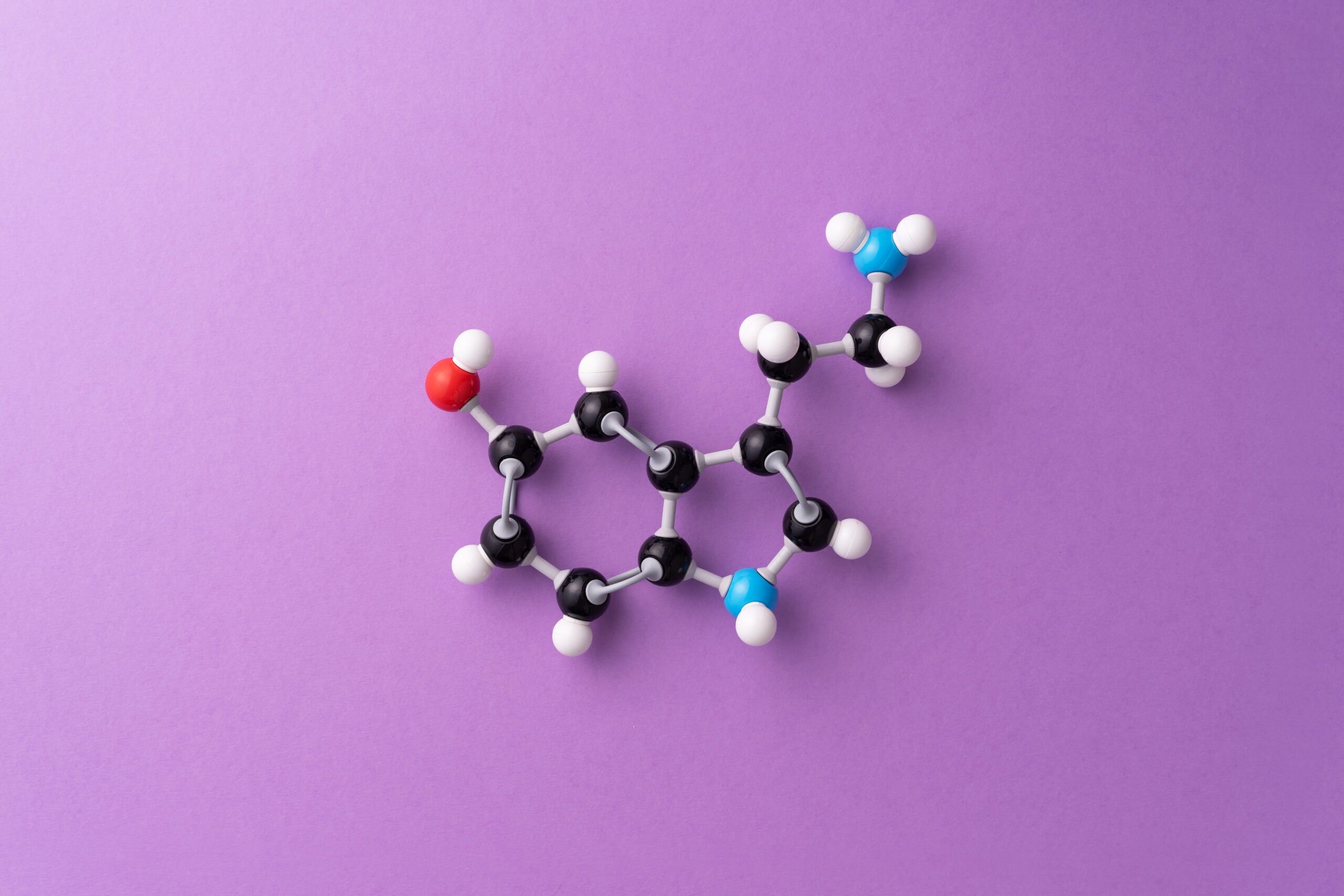The development of new drugs is a constant journey marked by scientific innovation and meticulous research. Two prominent categories that often take center stage in clinical trials are small molecule drugs and large molecule drugs. Let’s dive into the nuances of these drug types, and we will try and understand the differences between small molecule drugs and large molecule drugs, and the significant value they bring to the pharmaceutical and healthcare industry.
What are Small Molecule Drugs?
Small molecule drugs are like precision tools in the pharmaceutical toolkit. Typically consisting of low molecular weight compounds, they possess the ability to navigate the complex pathways within our cells. These drugs are often administered orally, all thanks to their ability to be absorbed efficiently through the digestive system.
Across the last few years, 40% of FDA-approved drugs are small molecules. This tiny stat highlights their prevalence and effectiveness. Another fascinating aspect of small molecule drugs is their diverse range of targets. They can interfere with specific proteins, enzymes, or pathways, influencing cellular processes at a microscopic level.
What are Large Molecule Drugs?
On the other end of the spectrum, we have large molecule biologics, which are intricately designed using living cells. These drugs are often large proteins or antibodies that interact with the body’s immune system. Unlike their smaller counterparts, biologics are typically administered via injection due to their complex structure and susceptibility to digestion. Large molecule drugs account for a growing share of the market, with biologics set to grow to a whopping $21 billion by 2030.
Biologics have revolutionized the treatment landscape, offering targeted therapies for conditions like rheumatoid arthritis and certain cancers. Monoclonal antibodies, a notable class of big molecule drugs, mimic the immune system’s ability to fight off harmful invaders with precision, providing a personalized touch to treatment.
How do Small Molecule Drugs and Large Molecule Drugs Vary?
1). Molecular Size: One of the key differences between small molecule drugs and large molecule drugs is their molecular size.
Small Molecule Drugs – Picture them as nimble sprinters in the molecular Olympics, with a weight limit of around 900 daltons. These compact compounds can effortlessly slip through cell membranes, reaching their targets with precision.
Large Molecule Drugs – On the other end of the spectrum, large molecule drugs resemble heavyweight champions, often exceeding 5000 daltons. Comprising proteins or nucleic acids, they are too substantial to traverse cell membranes easily.
2). Targets: Another aspect where the small molecule drugs and large molecule drugs differ is with respect to their targets.
Small Molecule Drugs – Microscopic in their approach, these drugs often venture inside cells to tweak proteins or enzymes, impacting intracellular processes.
Large Molecule Drugs – Their preferred playing field is the cellular surface. Acting as specialized bouncers, they interact with receptors, influencing processes from outside the cell.
3). Administration: One of the key differences between small molecule drugs and large molecule drugs is the manner they are administered.
Small Molecule Drugs – Many of the small molecule drugs are administered orally, making them accessible to a broad spectrum of patients.
Large Molecule Drugs – These intricate structures face a challenge when ingested. To ensure their integrity, large molecule drugs often take the intravenous route.
4). Development Time: Small molecule drugs and large molecule drugs also vary with regards to the manufacturing.
Small Molecule Drugs – Swift and efficient, the development of small molecule drugs is a streamlined process. The quicker turnaround time contributes to the abundance of these medications in our pharmaceutical arsenal.
Large Molecule Drugs – Manufacturing large molecule drugs is similar to a meticulous art form. The biotechnological intricacies involved result in a more prolonged development process and, consequently, higher costs.
5). Regulatory Approvals: This is among the top contrasts between small molecule drugs and large molecule drugs.
Small Molecule Drugs – The regulatory approval process for small molecule drugs involves rigorous chemical characterization, preclinical testing to assess safety and efficacy, three phases of clinical trials, NDA submission to regulatory agencies like the FDA, and finally the regulatory review.
Large Molecule Drugs – While the framework is similar, biologics undergo a stricter regulatory journey including biological characterization, preclinical testing followed by human clinical trials. Regulatory agencies scrutinize the NDA, evaluating the safety, efficacy, and the complicated biological aspects of the compounds before granting approval.
What are some examples of small molecule drugs and large molecule drugs?
Small Molecule Drugs – Aspirin, statins, and antibiotics are household names that exemplify the impact of small molecule medications. With over 40% of FDA-approved drugs falling into this category, they dominate the pharmaceutical market share.
Large Molecule Drugs – Monoclonal antibodies like Rituximab and biological drugs such as insulin showcase the prowess of big molecule drugs in addressing complex diseases that demand a targeted approach.
Conclusion:
Small molecule drugs and large molecule drugs play distinctive roles. While small molecule drugs dominate in terms of sheer numbers, biologics play a pivotal role in addressing complex diseases that require a more targeted and nuanced approach. Understanding the distinctions between small molecule drugs and large molecule drugs empower both healthcare professionals and patients in understanding medicine better.
At Inductive Quotient Analytics (IQA), we aim to transform life sciences organizations by accelerating clinical trials with our offerings. From biostatistics to clinical data management to clinical programming to statistical programming to medical coding to RWE, we offer end-to-end services that will ensure the success of your clinical trials. Write to us at hello@inductivequotient.com for more details.
